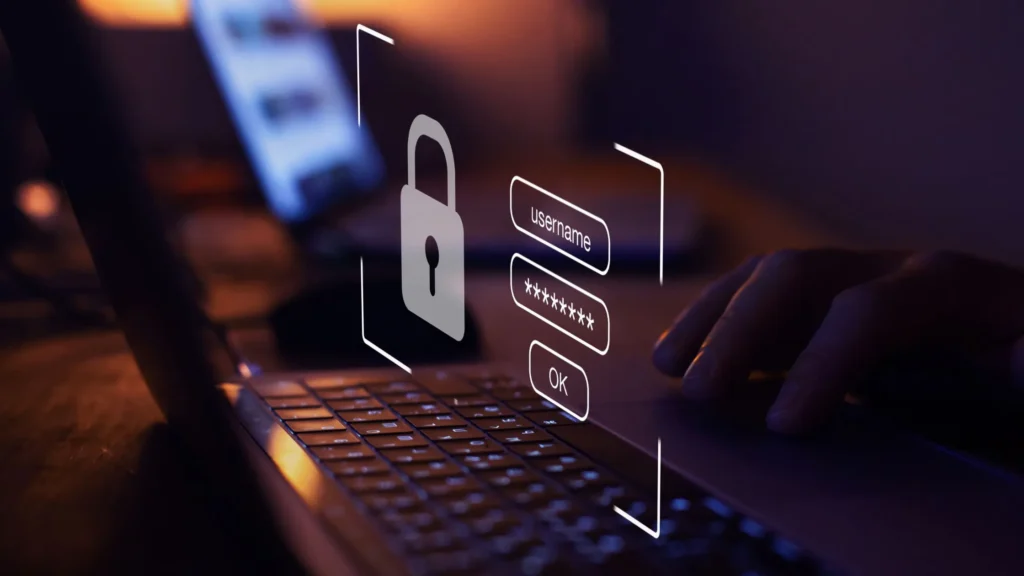You’re wondering about security and compliance in Microsoft Power Apps, right?
If so, Congrats! You’re going to explore the various aspects of security and compliance in Microsoft Power Apps, including best practices, common challenges, and how to address them effectively.
So let’s go ahead!

Why are Security and Compliance Important in Microsoft Power Apps?
Security and compliance in Microsoft Power Apps are paramount to protecting sensitive data, maintaining user privacy, and adhering to regulatory standards.
Without proper security measures, there is a risk of unauthorized access, data breaches, and potential legal and financial repercussions.
Compliance requirements vary based on the industry and geographical location, making organizations need to implement robust security controls and adhere to relevant regulations.
Let’s dive deeper into some of the critical considerations for security and compliance in Microsoft Power Apps.
Understanding Security in Microsoft Power Apps

Role-based Access Control (RBAC) for Data Protection
Role-based access control (RBAC) is a fundamental security feature in Power Apps that allows administrators to define roles and assign appropriate permissions to users.
RBAC ensures that users can only access the data and functionalities necessary for their roles, minimizing the risk of unauthorized access and data leakage.
By implementing RBAC, organizations can enforce the principle of least privilege, granting users access only to the resources they need to perform their tasks.
Data Encryption to Protect Confidential Information
Data encryption plays a crucial role in protecting confidential information from unauthorized access.
In Microsoft Power Apps, data encryption can be achieved through various methods, including encrypting data at rest and in transit.
Encrypting data at rest ensures that sensitive information stored in databases or on disk remains secure even if the physical storage media is compromised.
Encrypting data in transit involves using secure communication protocols such as HTTPS to safeguard data while it’s being transmitted between Power Apps and other systems.
Secure Authentication and Authorization Mechanisms
Ensuring secure authentication and authorization mechanisms prevents unauthorized access to Power Apps.
Microsoft Power Apps provides multiple authentication options, including Azure Active Directory (AAD), which allows organizations to integrate their existing identity management systems.
By leveraging AAD, organizations can enforce strong password policies, enable multi-factor authentication (MFA), and implement conditional access policies to ensure that only authorized users can access Power Apps.
What are the security features available in Microsoft Power Apps?
Microsoft Power Apps offers a range of security features, including role-based access control (RBAC), data encryption, secure authentication and authorization mechanisms, and integration with Azure Active Directory (AAD) for identity management.
How can I ensure compliance with regulatory requirements in Power Apps?
To ensure compliance with regulatory requirements in Power Apps, organizations should identify the applicable regulations, understand the specific compliance requirements, and implement necessary security controls and processes accordingly.
Ensuring Compliance in Microsoft Power Apps

GDPR Compliance for European Union (EU) Users
If your organization operates within the European Union (EU) or processes the personal data of EU residents, it must comply with the General Data Protection Regulation (GDPR).
Microsoft Power Apps offers features and capabilities that can assist organizations in achieving GDPR compliance.
Key considerations include obtaining user consent, implementing data retention policies, and providing mechanisms for data subject requests, such as the right to access, rectify, or erase personal data.
HIPAA Compliance for Healthcare Industry
For organizations operating in the healthcare industry or dealing with protected health information (PHI) in the United States, compliance with the Health Insurance Portability and Accountability Act (HIPAA) is essential.
Microsoft Power Apps can be configured to meet HIPAA compliance requirements by implementing appropriate security controls, such as data encryption, audit logging, and access controls.
It’s crucial to ensure that the storage and transmission of PHI through Power Apps comply with HIPAA regulations.
SOX Compliance for Financial Reporting
The Sarbanes-Oxley Act (SOX) imposes strict regulations on financial reporting for publicly traded companies in the United States.
To ensure compliance with SOX, organizations using Microsoft Power Apps must implement robust security controls, enforce segregation of duties, and maintain comprehensive audit trails.
Power Apps’ integration with Microsoft Azure and other services provides a secure and auditable environment that can support SOX compliance requirements.
Is Microsoft responsible for ensuring compliance in Power Apps?
While Microsoft provides a secure foundation for Power Apps, ensuring compliance with regulatory requirements is the responsibility of the organizations using Power Apps.
Microsoft offers tools, features, and guidance to assist organizations in meeting compliance requirements.
Can Power Apps be used in industries with specific compliance requirements?
Yes, Power Apps can be used in industries with specific compliance requirements.
Organizations can configure and customize Power Apps to meet industry-specific compliance standards, such as GDPR for the European Union, HIPAA for the healthcare industry, or SOX for financial reporting.
What are the security features of Microsoft Power Apps?
Microsoft Power Apps offers a range of built-in security features that help protect your applications and data. These features include:
User authentication and authorization
Power Apps integrates with Azure Active Directory (Azure AD), allowing you to leverage its robust authentication and authorization mechanisms.
With Azure AD, you can enforce multi-factor authentication, single sign-on, and conditional access policies to ensure that only authorized users can access your Power Apps applications.
Data encryption
Power Apps encrypt data both in transit and at rest, providing additional protection against unauthorized access.
This encryption ensures that sensitive information remains secure, even if intercepted during transmission or stored on the backend.
Role-based access control
Power Apps allows you to define roles and permissions for different users within your applications.
By implementing role-based access control (RBAC), you can restrict access to specific functionalities and data based on user roles, ensuring that only authorized individuals can perform particular actions or access sensitive information.
Final words on security and compliance in Microsoft Power Apps
Security and compliance are vital considerations when using Microsoft Power Apps to build and deploy business applications.
Organizations can protect sensitive data, maintain user privacy, and mitigate potential risks by implementing robust security measures and adhering to relevant regulatory requirements.
From role-based access control to data encryption and compliance with regulations like GDPR, HIPAA, and SOX, Microsoft Power Apps provides the tools and capabilities necessary to create secure and compliant applications.
By following best practices and leveraging the security features offered by Power Apps, organizations can confidently harness the potential of this powerful platform while ensuring the protection of their data and maintaining regulatory compliance.
More resources you may find helpful
- Time to use Microsoft Power Apps for supply chain management
- How to use Microsoft Power Apps for HR management
- Microsoft Power Apps for finance and accounting: Complete Guide
- Time to use Microsoft Power Apps for field service management
- Microsoft Power Apps for Digital Transformation











